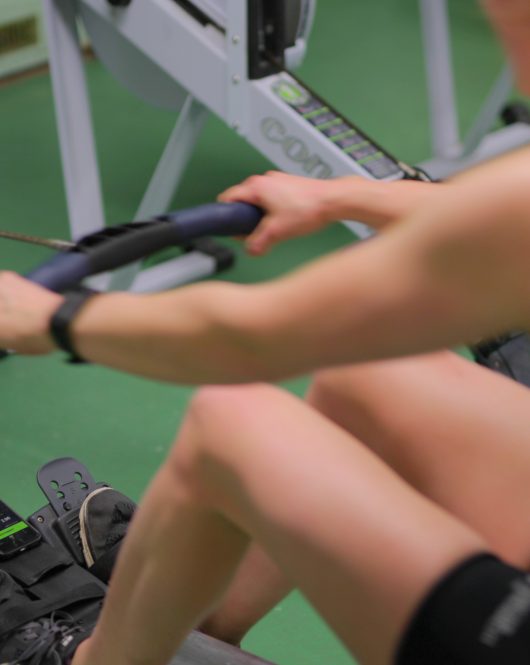Not only do the vast majority of coaches not know what the amount of training quality or volume each of their athletes has done, they probably underestimate the difference in the training programme that were prescribed to athletes. In the example of the climb below it is amazing to see they difference between what the athletes were actually prescribed, despite the coach assuming; that they were all given the same programme.
Completing the training programme is the best predictor of physical performance in athletes! The question is, does every coach know precisely what every athlete is doing? Coaches wrote their training programme, know what’s in it, and are pretty sure all their athletes are doing every bit, right?
There are several steps a coach should take to ensure athletes are completing the set training and gaining maximum benefit from so doing.
Step one: what training has a coach actually prescribed to each athlete?
In the first instance, most coaches write a ‘squad training programme’. If asked, at the end of the season, what training did your squad do, a coach will refer to the training programme they wrote.
However, here’s a thought. What if an athlete gets an injury or becomes ill? They will have to take some time off or complete a modified programme. Immediately, that athlete has not completed the ‘squad training programme’.
The question is, how many of athletes don’t completed what the coach programmed for them?
Here is an example from one of our Ludum user clubs.
A coach prescribed a training programme using the Ludum system. The system gives the coach the ability to generate individualised programmes with ease. Ludum worked with the coach to analyse what training each athlete in the Varsity VIII had done. When Ludum shared the results with the coaching team, the team was shocked.
In the first place, there was a surprisingly big difference in the amount of training that each athlete was prescribed by the coach. Within the eight, there was an 11.7% (57h 47min) difference in training time between the most and the least amount of training conducted. Considering all eight athletes were supposed to be following the same training programme, this difference amounted to 43 extra sessions – or 9.3% over the year.
It is worth noting, as an aside, that the athlete who was prescribed the most training also had the greatest improvement.
However, this is only the tip of the iceberg, covering only the discrepancy in the training programme set. The question remains of what training the athletes actually did?
Step two: what training has each athlete actually done?
In relation to the Ludum user noted above, Ludum was unable to provide a complete answer, due to the user not recording enough data to fully understand that issue.
In order to gain this kind of understanding, training time, training distance, and heart-rate data within each of the sessions must be collected.
The time and distance are obvious, but that only provides an insight into the training volume distribution. It does not provide any insight into to how intensively each athlete has completed each training session. Only the heart-rate, power, or speed data will provide that kind of insight.
Step three: what does the Ludum product offer to coaches and athletes?
Such insights are quite possible using a few sports data measurement and analysis platforms – but not necessarily on a squad level. Within the Ludum product, this can be done. The required data can be collected in a straightforward manner. All the coach needs to do is make sure all of the athletes are wearing their heart-rate monitor chest straps for all of the training sessions. The Ludum software then does the rest.
Here is a summary of a training session showing how much time each athlete spent in each heart-rate training zone. This summary is generated easily, by importing heart-rate data from any number of sources. Over a period of time, this sort of data will offer insights into how much training – how many sessions, how much distance, and at what intensity – athletes are completing. Then a coach will have better understanding of what training the athletes are actually doing.
View more content like this

Time to be more creative with your rowing machine workouts?
Technology is opening up new opportunities for rowing coaches to look outside of rowing for inspiration and prescribe more engaging indoor rowing workouts to their
What Training are your Athletes Actually Doing?
Not only do the vast majority of coaches not know what the amount of training quality or volume each of their athletes has done, they
Should training programmes be written in time or distance?
Time to Distance…. which is the best. Coaches vary in how they write their training programmes. Some assign session duration by time and some by


